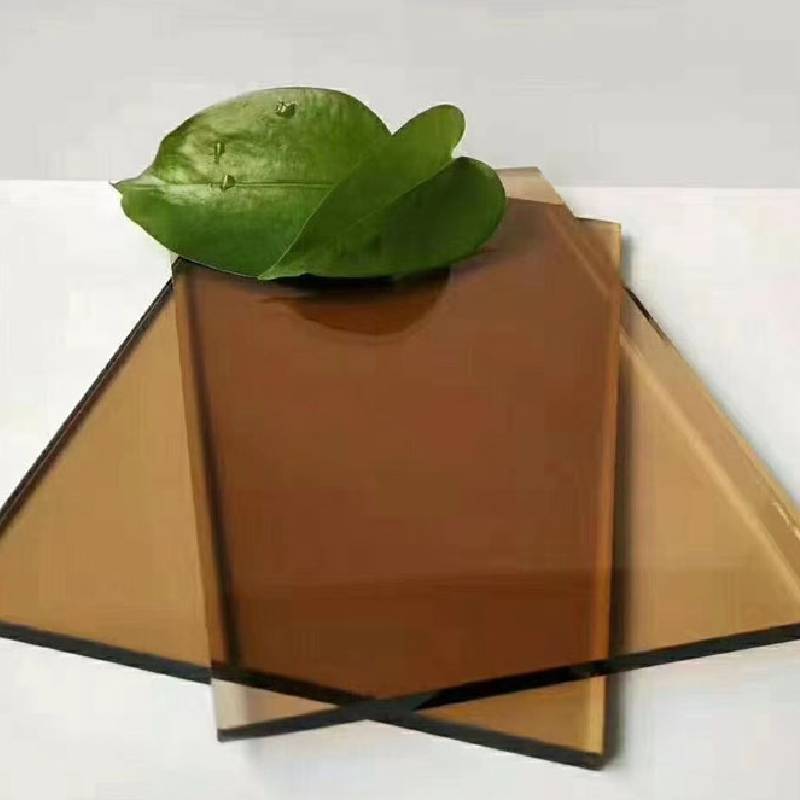Tempered glass, also known as toughened glass, is a type of safety glass that is processed through controlled thermal treatments to increase its strength compared to standard glass. This article explores the definition, manufacturing process, safety features, applications, and advantages of tempered glass.
Definition of Tempered Glass
Tempered glass is manufactured to withstand significantly higher levels of stress and temperature fluctuations compared to regular glass. The process involves heating the glass to around 600 degrees Celsius (approximately 1112 degrees Fahrenheit) and then rapidly cooling it. This process alters the internal structure of the glass, creating compressive stresses on its surface and tensile stresses within. As a result, tempered glass is much stronger, and when broken, it shatters into small, blunt pieces, reducing the risk of injury.
.
Safety Features
One of the most significant features of tempered glass is its safety attributes. When broken, it shatters into small, rounded fragments that are less likely to cause injury compared to regular glass, which can break into sharp shards. This characteristic makes tempered glass an ideal choice for applications where safety is paramount, such as in buildings, vehicles, and shower doors. Additionally, tempered glass has higher resistance to thermal stress, making it suitable for use in environments with significant temperature variations.
tempered glass def
Applications
Tempered glass is used in a variety of applications, ranging from architectural and automotive to consumer products. In commercial and residential buildings, it is often used for facades, windows, and balustrades due to its aesthetic appeal and strength. In the automotive industry, tempered glass is used for side and rear windows, providing both safety and clarity. Moreover, it is widely used in furniture, such as glass tables and shelves, as well as in appliances like ovens and fireplaces where high temperatures are a concern.
Advantages of Tempered Glass
The benefits of using tempered glass are numerous. Firstly, its strength makes it resistant to impact and stress, reducing the likelihood of breakage. Secondly, its safety features provide peace of mind in both residential and commercial settings. Additionally, the aesthetic appeal of tempered glass is unmatched, as it offers a sleek and modern look, making it a popular choice for designers and architects. The thermal resistance of tempered glass also allows it to be used in high-temperature applications without the risk of warping or cracking.
In conclusion, tempered glass is a versatile and safe material that plays a crucial role in modern construction, design, and safety technology. Its enhanced strength, safety attributes, and aesthetic versatility make it an essential choice for various applications. As building codes and safety regulations continue to evolve, the demand for tempered glass is likely to grow, highlighting its importance in ensuring safety without compromising on style or functionality. Whether in homes, cars, or public spaces, tempered glass stands as a testament to the harmony of innovation and utility.
 Afrikaans
Afrikaans  Albanian
Albanian  Amharic
Amharic  Arabic
Arabic  Armenian
Armenian  Azerbaijani
Azerbaijani  Basque
Basque  Belarusian
Belarusian  Bengali
Bengali  Bosnian
Bosnian  Bulgarian
Bulgarian  Catalan
Catalan  Cebuano
Cebuano  Corsican
Corsican  Croatian
Croatian  Czech
Czech  Danish
Danish  Dutch
Dutch  English
English  Esperanto
Esperanto  Estonian
Estonian  Finnish
Finnish  French
French  Frisian
Frisian  Galician
Galician  Georgian
Georgian  German
German  Greek
Greek  Gujarati
Gujarati  Haitian Creole
Haitian Creole  hausa
hausa  hawaiian
hawaiian  Hebrew
Hebrew  Hindi
Hindi  Miao
Miao  Hungarian
Hungarian  Icelandic
Icelandic  igbo
igbo  Indonesian
Indonesian  irish
irish  Italian
Italian  Japanese
Japanese  Javanese
Javanese  Kannada
Kannada  kazakh
kazakh  Khmer
Khmer  Rwandese
Rwandese  Korean
Korean  Kurdish
Kurdish  Kyrgyz
Kyrgyz  Lao
Lao  Latin
Latin  Latvian
Latvian  Lithuanian
Lithuanian  Luxembourgish
Luxembourgish  Macedonian
Macedonian  Malgashi
Malgashi  Malay
Malay  Malayalam
Malayalam  Maltese
Maltese  Maori
Maori  Marathi
Marathi  Mongolian
Mongolian  Myanmar
Myanmar  Nepali
Nepali  Norwegian
Norwegian  Norwegian
Norwegian  Occitan
Occitan  Pashto
Pashto  Persian
Persian  Polish
Polish  Portuguese
Portuguese  Punjabi
Punjabi  Romanian
Romanian  Russian
Russian  Samoan
Samoan  Scottish Gaelic
Scottish Gaelic  Serbian
Serbian  Sesotho
Sesotho  Shona
Shona  Sindhi
Sindhi  Sinhala
Sinhala  Slovak
Slovak  Slovenian
Slovenian  Somali
Somali  Spanish
Spanish  Sundanese
Sundanese  Swahili
Swahili  Swedish
Swedish  Tagalog
Tagalog  Tajik
Tajik  Tamil
Tamil  Tatar
Tatar  Telugu
Telugu  Thai
Thai  Turkish
Turkish  Turkmen
Turkmen  Ukrainian
Ukrainian  Urdu
Urdu  Uighur
Uighur  Uzbek
Uzbek  Vietnamese
Vietnamese  Welsh
Welsh  Bantu
Bantu  Yiddish
Yiddish  Yoruba
Yoruba  Zulu
Zulu 

